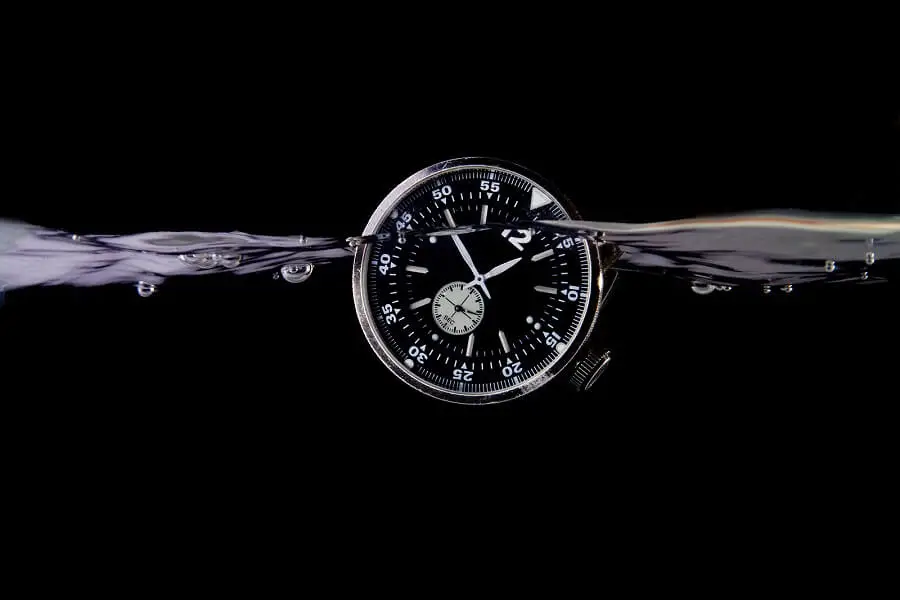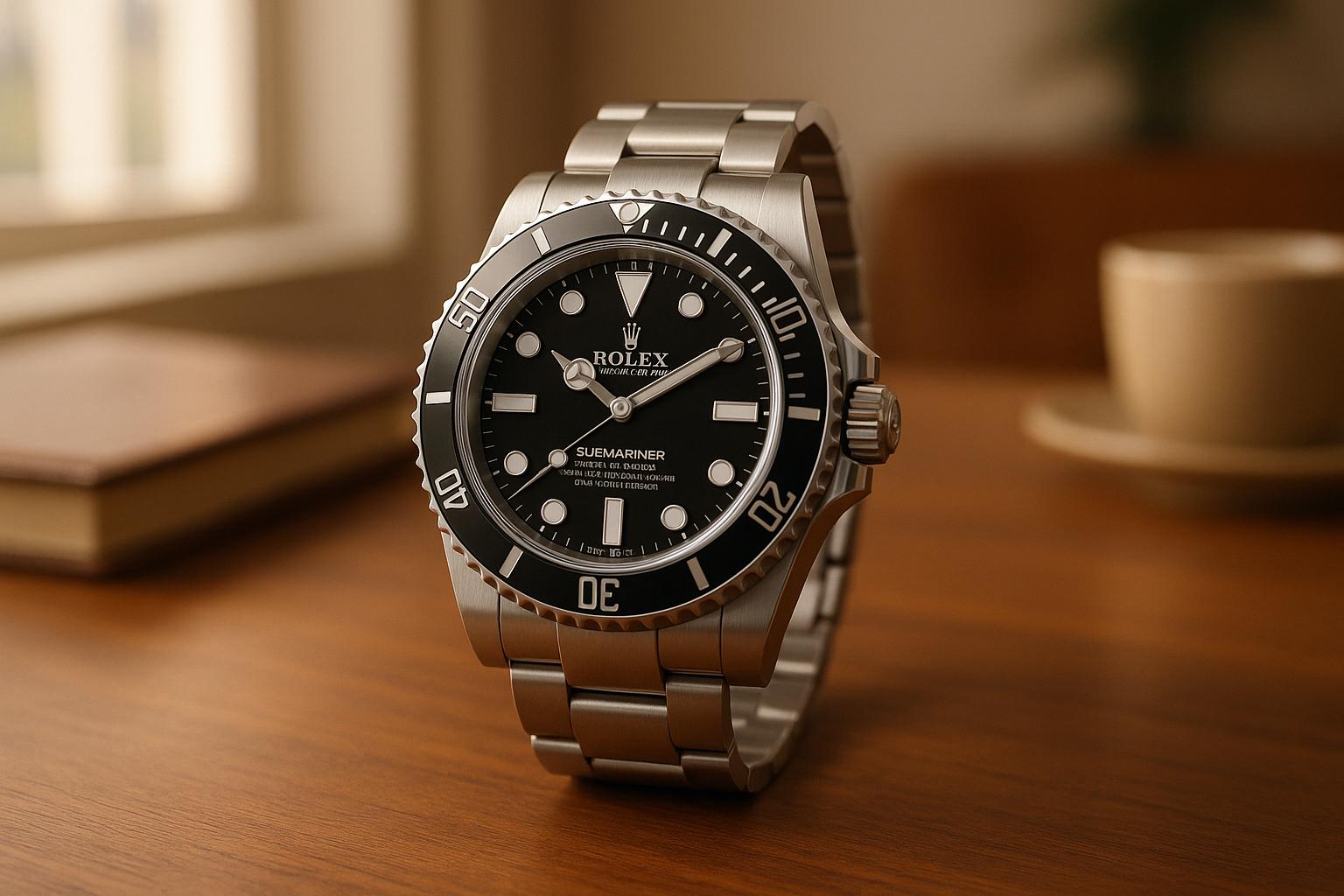In the realm of horology, vintage watches possess an allure that transcends mere timekeeping. These timepieces, often with intricate craftsmanship and timeless designs, evoke a sense of nostalgia and elegance. However, as collectors and enthusiasts delve into the world of vintage watches, questions arise about the reliability of their water resistance capabilities. In this article, we embark on a journey to uncover the nuances of vintage watch water resistance and understand how these iconic timepieces withstand the test of time.
Understanding Vintage Watch Water Resistance
Before delving into the specifics of vintage watch water resistance, it’s crucial to grasp the fundamentals of this feature. Water resistance in watches is achieved through various seals, gaskets, and pressure testing, which prevent moisture from seeping into the delicate internal mechanisms.
In modern watches, water resistance ratings are clearly defined, indicating the depth to which a watch can safely withstand water pressure. However, the landscape becomes more intricate when it comes to vintage timepieces. Unlike contemporary watches with standardized testing procedures, vintage watches often lack explicit water resistance ratings, leading to ambiguity regarding their capabilities.
Risks of Water Resistance Testing
Testing the water resistance of a vintage watch involves subjecting it to conditions it was not originally designed to withstand. Even if a watch was water-resistant in its prime, the passage of time can compromise its ability to repel water.
Older gaskets and seals may have become brittle, cracked, or deteriorated, rendering them ineffective at preventing water from seeping into the delicate inner workings of the watch. Subjecting a vintage watch to water resistance testing can exacerbate these vulnerabilities, leading to water ingress and potentially irreparable damage.

Factors Influencing Vintage Watch Water Resistance
Several factors influence the water resistance of vintage watches, including:
- Age and Condition: Over time, seals and gaskets in vintage watches may degrade or become brittle, compromising their ability to maintain water resistance. Regular maintenance and servicing can mitigate these issues, but the overall condition of the watch plays a significant role.
- Materials and Construction: The materials used in vintage watches, such as acrylic crystals and older sealants, may not offer the same level of water resistance as their modern counterparts. Additionally, the construction methods employed during the era of production can impact the watch’s resilience to water exposure.
- Design and Intended Use: Vintage watches were often designed with specific purposes in mind, ranging from dress watches to dive watches. While some were inherently built to withstand water exposure, others may have limited resistance due to their intended use.
- Previous Maintenance: The maintenance history of a vintage watch can greatly influence its water resistance. Proper servicing, including the replacement of seals and gaskets, can restore or enhance the watch’s ability to repel moisture.
Preserving Vintage Watch Water Resistance
Maintaining the water resistance of vintage watches requires a combination of proactive care and prudent usage:
- Regular Servicing: Vintage watches should undergo regular servicing by experienced watchmakers. During these services, seals, and gaskets can be inspected and replaced as needed to ensure continued water resistance.
- Avoidance of Water Exposure: While some vintage watches may boast water resistance, it’s advisable to avoid exposing them to water whenever possible. This precautionary measure helps preserve the integrity of the watch and prevents potential damage to its internal components.
- Storage and Environment: Proper storage in a dry, controlled environment can help prevent moisture from compromising the water resistance of vintage watches. Humidity and temperature fluctuations should be minimized to maintain optimal conditions for these delicate timepieces.
- Educated Purchasing: When acquiring a vintage watch, thorough research and verification of its water resistance capabilities are essential. Consulting reputable sellers and experts in horology can provide valuable insights into the watch’s history and condition.
Frequently Asked Questions
Can all vintage watches be made water-resistant?
Not all vintage watches were designed with water resistance in mind. Consult with a professional watchmaker to determine if your vintage watch can be made water-resistant.
How often should I have my vintage watch serviced for water resistance?
It’s recommended to have your vintage watch serviced for water resistance at least every two to three years or as advised by a watchmaker.
Can I swim with a vintage watch labeled as water-resistant?
While some vintage watches may be labeled as water-resistant, it’s essential to verify their condition and suitability for swimming activities with a professional.
Are there aftermarket options for improving water resistance in vintage watches?
Yes, aftermarket gaskets and seals can be installed to enhance water resistance in vintage watches. However, it’s essential to consult with a skilled watchmaker for proper installation.
How can I tell if my vintage watch has water damage?
Signs of water damage in vintage watches may include condensation under the crystal, rust on internal components, or irregular timekeeping. If you suspect water damage, seek professional assistance promptly.
How often should I have my vintage watch serviced for water resistance maintenance?
Consider servicing your vintage watch every 3-5 years to ensure its seals and gaskets remain in optimal condition.
What should I do if water enters my vintage watch?
If water enters your vintage watch, promptly seek assistance from a qualified watchmaker to prevent further damage.
Conclusion
Vintage watches possess a unique charm and historical significance that captivates collectors and enthusiasts alike. However, when it comes to assessing their water resistance, erring on the side of caution is paramount.
Testing the water resistance of a vintage watch can pose significant risks to its integrity, potentially causing irreparable damage to delicate components. Instead, opt for gentler methods of evaluation and enlist the expertise of professionals who understand the intricacies of vintage timepieces.
By preserving the integrity of these horological treasures, we ensure that they continue to delight and inspire for generations to come, maintaining their status as timeless artifacts of craftsmanship and ingenuity.
Read Also:
Increasing the Lifespan of your Luxury Watch
Watch Insurance Coverage
Best Watch Straps for your Luxury Watch


